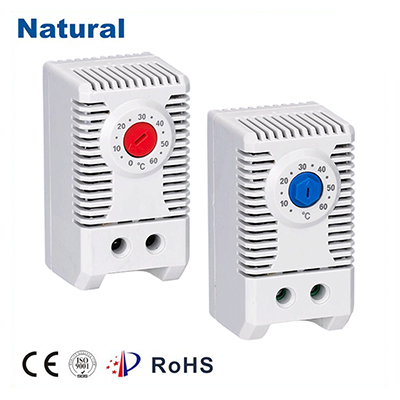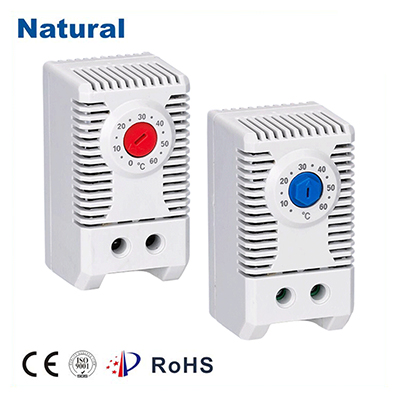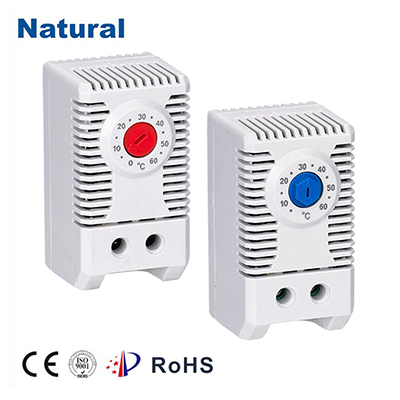Bimetal thermostats are crucial components in various heating and cooling systems, playing a vital role in regulating temperature and ensuring safe operations. They utilize the principles of thermodynamics and bimetallism to monitor temperature changes and turn systems on or off when a specific temperature threshold is reached. This article delves into the working mechanism of bimetal thermostats, their applications, and the advantages they bring to a variety of industries.

What is a Bimetal Thermostat?

A bimetal thermostat consists of two different metals bonded together, which expand and contract at different rates when exposed to temperature changes. Typically, these metals are chosen for their distinct thermal expansion properties; when one metal heats up, it expands more than the other, causing the bimetal strip to bend. This bending motion is then used to open or close an electrical circuit, effectively controlling the temperature of the device or environment it is monitoring. Working Mechanism The working principle of a bimetal thermostat is relatively straightforward. When the temperature rises, the bimetallic strip bends in response to the differential expansion of the two metals. Once the strip reaches a pre-determined angle, it either makes contact with or breaks contact from an electrical connection, thereby triggering the connected heating or cooling system.
